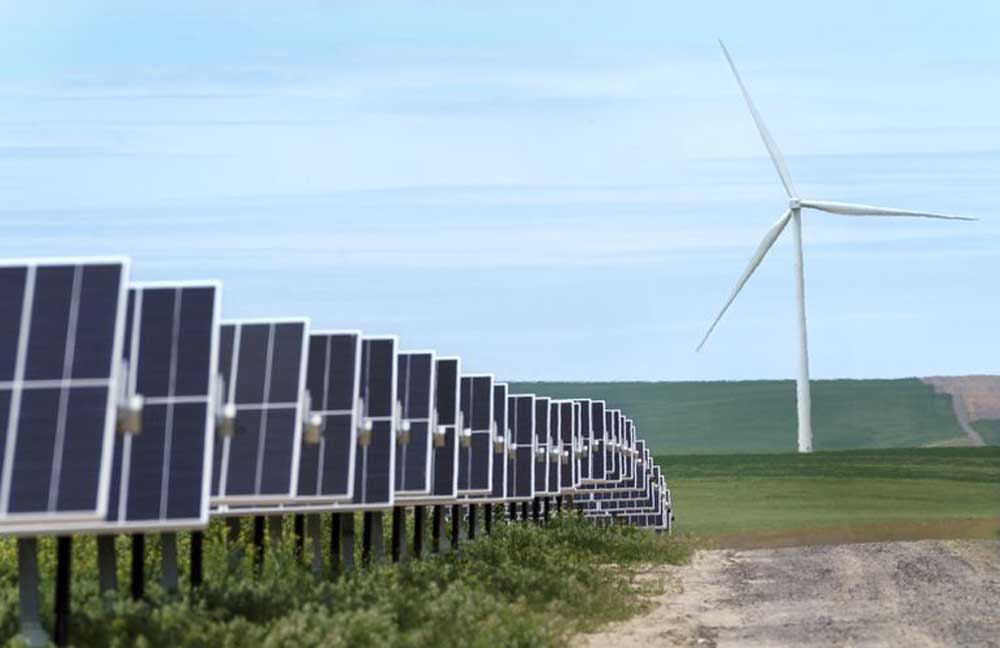Voice of Chieftain Sept 4 2019
Published 3:45 pm Tuesday, September 3, 2019
Oregon State University archaeologist Loren Davis’ astounding discovery of North America’s earliest known, 16,560-year-old human habitation, at a place known to the Nez Perce as the ancient village of Nipéhe, lies just a few miles up Idaho’s Salmon River from Wallowa County. Its discovery and implications are worth pause to contemplate and applaud: Appreciation for Davis’ persistence in exploring that location for more than a decade; thanks to the Nez Perce Tribe for supporting and participating in his work; and a pause to contemplate just how long this landscape has been inhabited by people, and the extent of changes that our first, ancient neighbors witnessed and wrought here.
As the crow (or maybe the condor) flies, Nipéhe, also known as Cooper’s Ferry, is only about 35 miles from the Wallowa County Courthouse, according to measurements on Google Earth.
Some 16,560 years ago, and possibly before that, fires warmed the hearths here. People crafted weapons and tools here, and prepared meals. We don’t know (yet?) whether salmon was on the menu. We do know that the residents dined on wildlife, including horse—a much different animal than we ride today. At the time, multiple species of horses roamed western North America—one, Haringtonhippus francisci was a thin-limbed delicate creature known as the “stilt-legged horse.” It was completely unrelated to any modern horses or donkeys. The other horses here likely included Equus alaskae, a small, stout-legged, pony-sized fossil horse and Equus niobrarensis, a larger, bulky animal. But those ancient native horses are gone, along with mammoths, cave bears, and giant beavers. It is common, and not without reason, to finger humans across North America for the loss of many of these Pleistocene species.
The landscape that these ancestral people navigated 16,560 years ago was radically different than what we see today. The moraines of Wallowa Lake were lightly-grassed gravel piles. The Wallowas still wore a substantial ice-cap and the glacier that occupied Wallowa Lake may have retreated only as far as Wallowa Lake State Park, if that far. In the colder, wetter climate of the late Pleistocene (Ice Age), the slopes of Hells Canyon and the Salmon River likely wore forests of spruce and fir and thick stands of pine, rather than grass. A few Columbian mammoths may have still browsed the soggy, tree-laden Wallowa Valley.
In a way, we share a lot with the people of Nipéhe. The last gasp of the Pleistocene, 15,500 to about 12,500 years ago, saw some catastrophic and oddly familiar consequences of rapid global warming, including sea level rise, the conversion of many inner canyon slopes from forest to grassland, perhaps partly by fires, and cataclysmic floods that erased entire landscapes on the Columbia Plateau. There were almost certainly people here to witness these things, and some, perhaps many, who may have been casualties of floods and fires. This seems to be upheld in part by the Nez Perce story that Nipéhe was established by a young couple who had lost their home in a flood.
Today we face challenges that are not dissimilar. Sea level is rising. Epic storms, ferocious floods, and sweeping fires are part of the west’s and the globe’s changing landscapes. But we have a greater awareness of our effects, and we can harness our powers for restoration. Along with the Nez Perce, we in Wallowa County are working to provide power without carbon emissions, recover species, and sustain forests and grasslands, even in this time, our time, of epic change. It’s the right thing to do. If you listen carefully in those moments of quiet reflection, you can hear distant voices from about 35 miles away, cheering us on.








